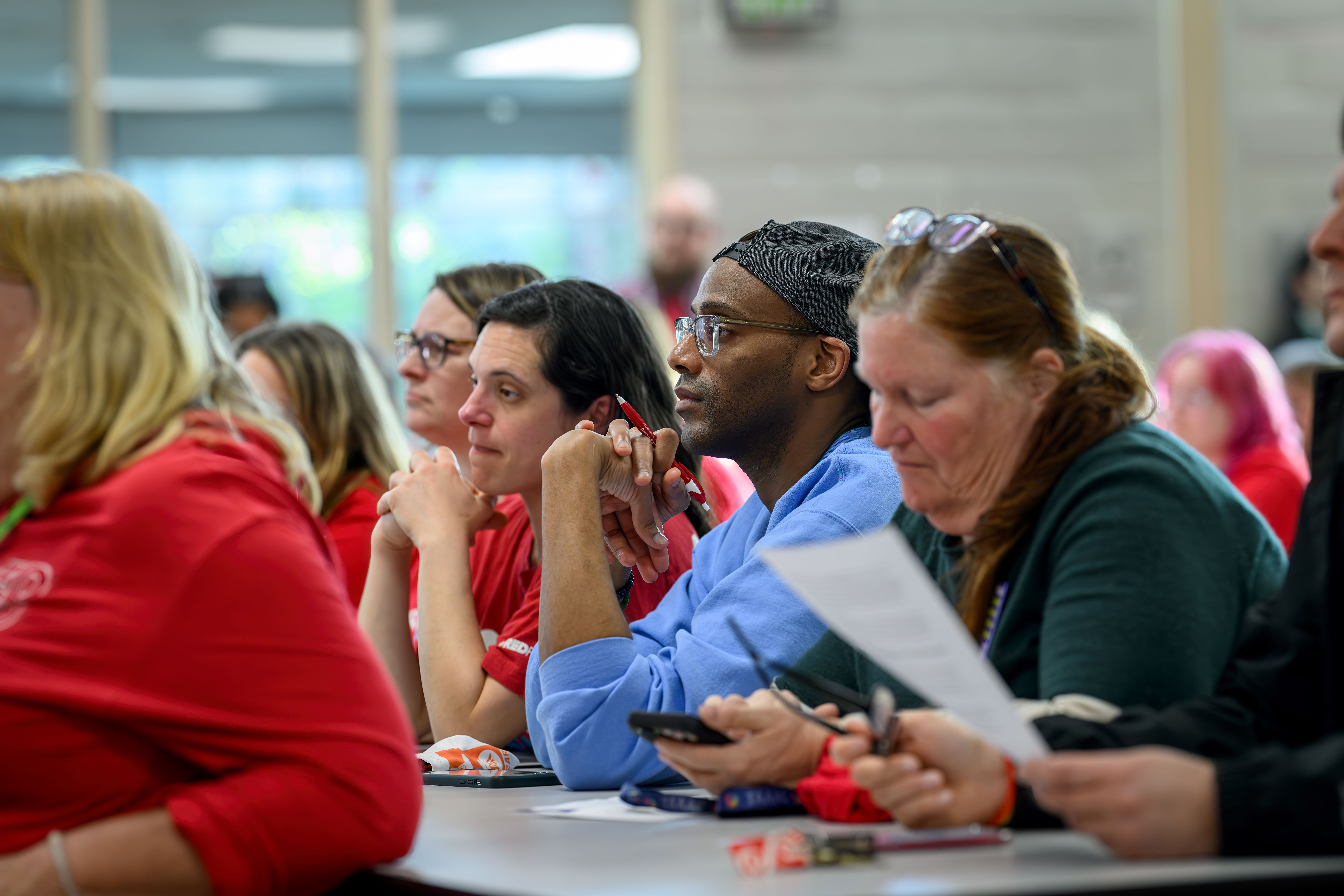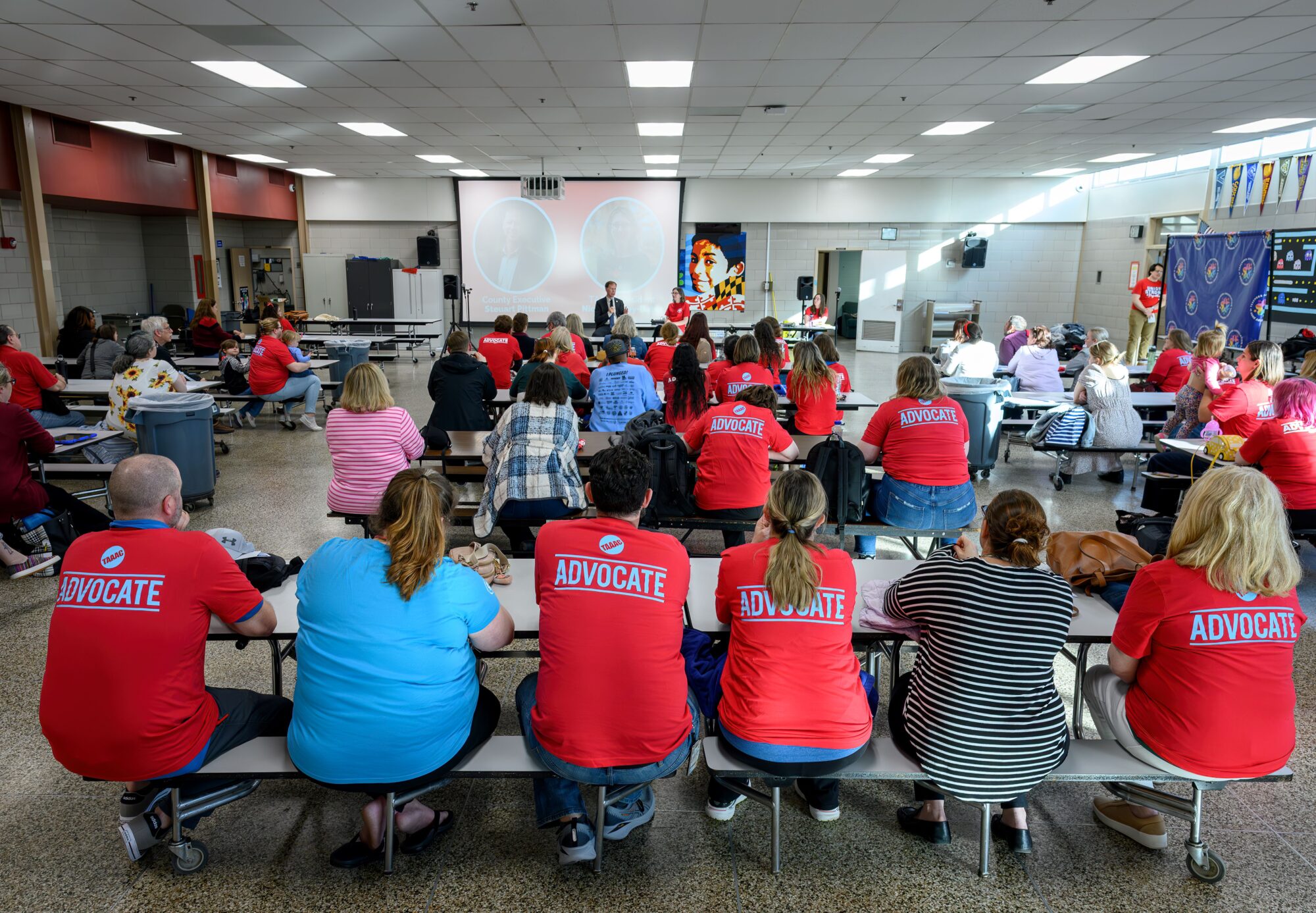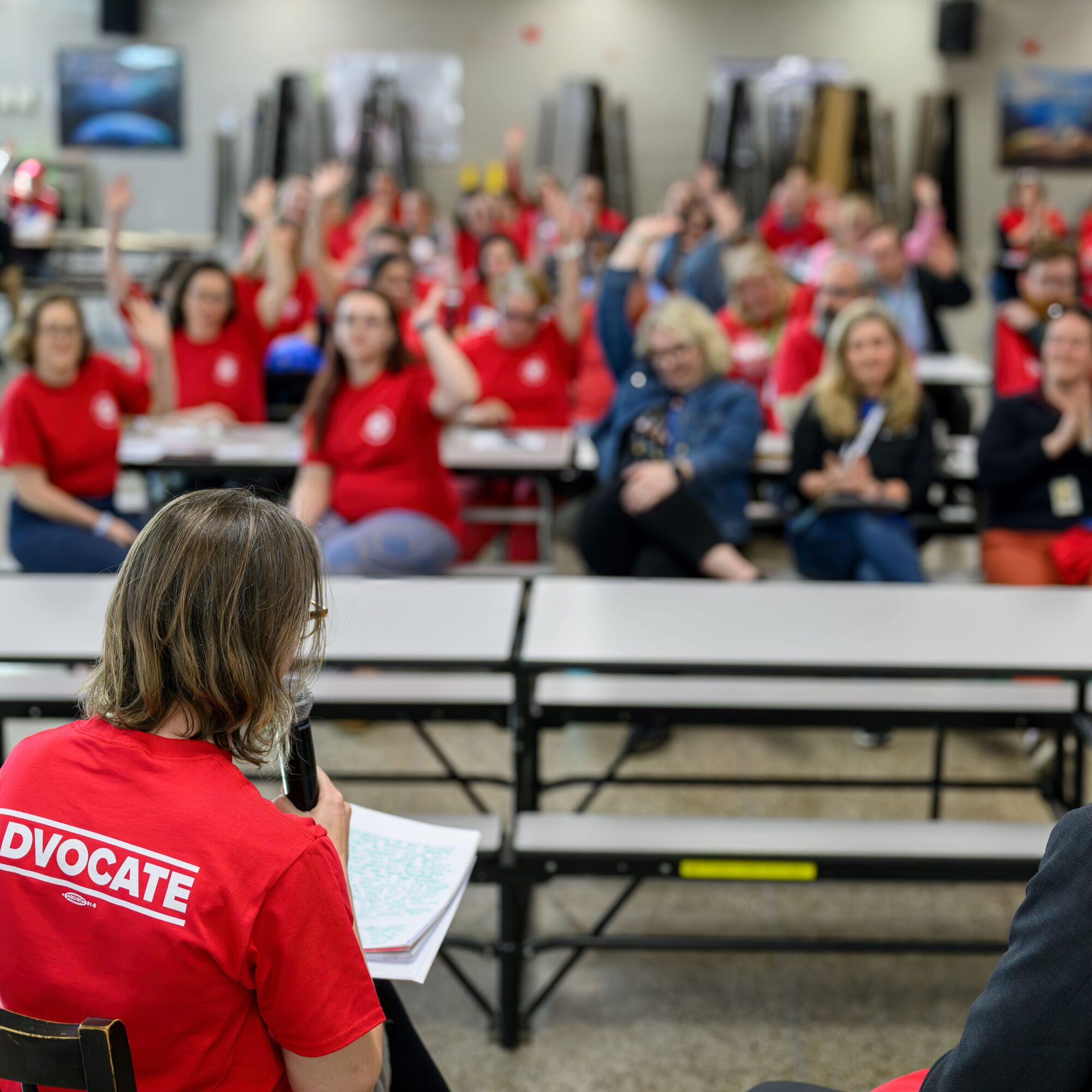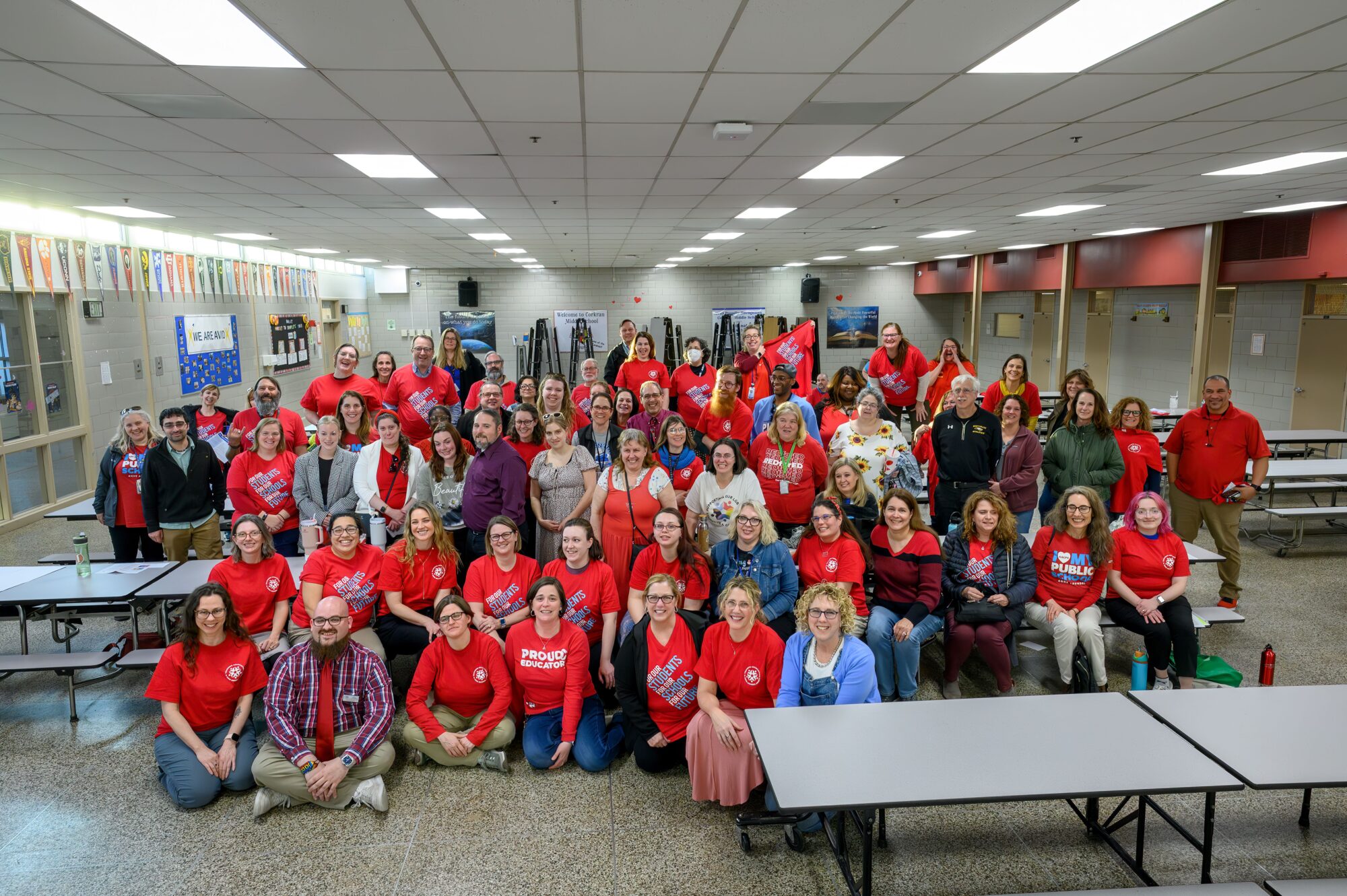
Getting Started & Resources

RA Information
Your Actions
PREPARING FOR EFFECTIVE REPRESENTATION
The key to being a successful Building Representative is PREPARATION. How well you know your faculty, the structure and operation of the local Association, your basic responsibilities, and available resources are all important factors in determining your effectiveness.
Preparation alone will not guarantee success, but preparation coupled with a sincere belief in the value of professional organizations and the desire and determination to do your best will help you provide the leadership which is needed and expected from you.
A. KNOW WHOM YOU REPRESENT
An effective Building Representative must know the staff they represents. The more you know about each individual faculty member, the more effective you can be in representing his or her need and interests and in providing those services which make membership in the Association worthwhile.
Consider establishing a file that will provide valuable information for yourself and the Association concerning the faculty of your school building. This file will also be useful in succeeding years for future Building Representatives.
It is very important that, at a minimum, you maintain an accurate list of the members and non-members in your building.
B. KNOW YOUR ASSOCIATION
If you are to be effective in representing your faculty, you will need to know how your organization functions. You will need to know the provisions of the contract, how decisions are made, how programs are planned and executed, and the role of the Building Representative in the structure and operation of TAAAC.
Building Representatives and members should be familiar with the TAAAC operation and have an understanding of how an individual member can have a voice in the determination of Association policy and programs. Our success or failure is largely determined by the relationship between the individual member and the policy-making body.
In short, you can be more effective in your work by:
- Becoming thoroughly familiar with TAAAC’s Bylaws and contract.
- Attending monthly Council meetings and reporting to the members in your building.
- Explain to the members how their needs and interests can be served through the United Education Profession (TAAAC, MSEA, and NEA).
- Keeping the leadership informed as to the needs, interests, and feelings of your members.
- Keeping the professional organization before the members as their voice in affairs affecting the practice of the profession and conditions of their employment.
- Let the members of your faculty know that you and the Association are available to assist them.
- Keeping the Bulletin board up-to-date. At the beginning of the year, discard last year’s materials and start fresh.
- Reading the TAAAC Action Report carefully and pointing out important articles to your members.
- Sending memos to your members highlighting Association activities and issues and asking for their input.
C. KNOW YOUR BASIC RESPONSIBILITIES
The Building Representative is the liaison between the general membership and the leadership of the Association. In executing your responsibilities, you have the opportunity to exert tremendous influence on your colleagues and to organize their potential power. Knowing your basic responsibilities and how to discharge them can make you, those you represent, and your Association a powerful voice in promoting educational and professional advancement.
Your basic responsibilities are:
- To attend all Representative Assembly meetings in order to accurately and effectively represent the interests, needs, and desires of the members within the planning and policy-making body of the Association. If the representative cannot attend an RA meeting, the alternate should be sent as the representative.
- To keep members informed about the United Education Profession’s activities, services, achievements, and developments.
- To understand the educational, professional, and personal needs of teachers and how they can be served through the United Education Profession.
- To enroll members in the United Education Profession.
- To conduct appropriate elections in each building.
- To encourage membership involvement and active participation in the Association through your enthusiasm and leadership.
- To know the procedure for obtaining the necessary information and services to resolve individual problems.
- To carry out the political activities of the Association in your building.
D. DEVELOP A PLAN OF ACTION
Preparing for effective representation includes the development of a plan of action. Below are some of the things you should consider.
- Inform your building principal that you are the Building Representative (face-to-face meeting if possible).
- Obtain names and background material on new teachers.
- Check on your membership and promotional materials.
- Keep an up-to-date Bulletin Board.
- Arrange to speak to the teachers at a faculty meeting early in the year.
- Make personal contact with every non-member early in the year.
- Check with all continuing members to see if they have changed their name, address, or phone.
- Find some members who will assist you in talking to non-members during the membership campaign.
- Make sure each member knows you and understands that you are the person to see concerning professional problems and Association affairs. Staff members should know how and when to contact you.
- Make the point that TAAAC is a democratic organization in which they have a voice, through you, to promote group action on issues and problems with which they are concerned.
- Communicate on a face-to-face basis as often as possible.
REMEMBER: The most important factor in your plan of action is YOU!


